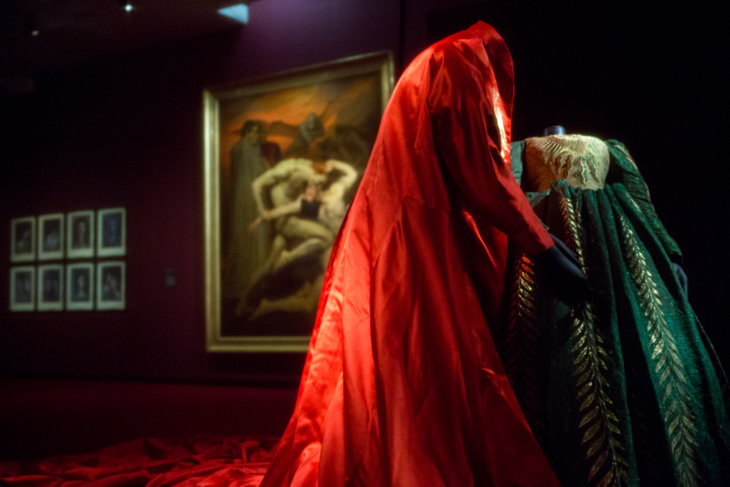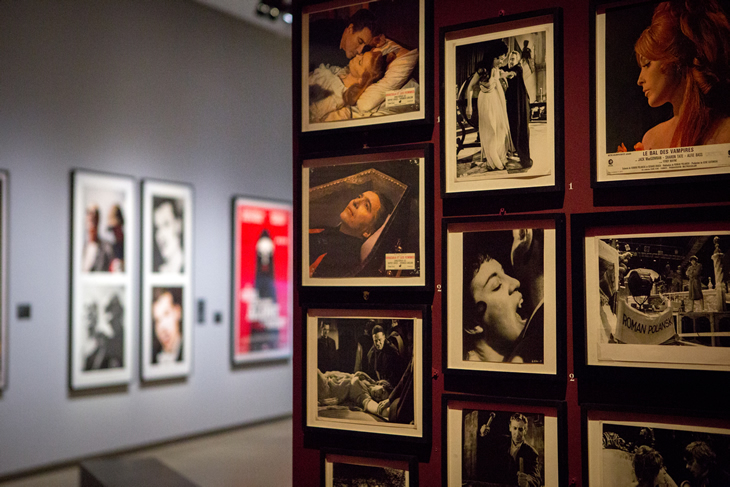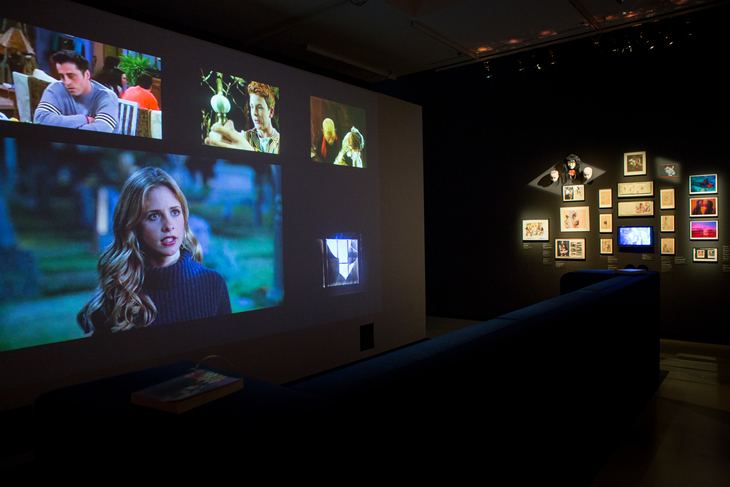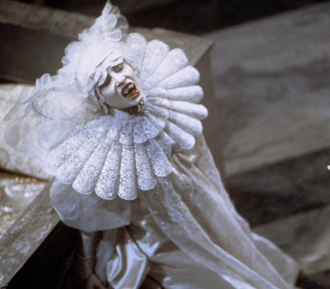« Vampires, from Dracula to Buffy »

“I am Dracula!” : this iconic line from the history of cinema has been uttered with a mysterious accent by actors as different as Bela Lugosi in Dracula by Todd Browning (1931) and Gary Oldman in Francis Ford Coppola’s Dracula (1992). Revered by audiences past and present with the same sense of wonder tinged with fear, the vampire count is a dark icon who embodies the most primal human urges relating to sex, madness and death.
Yet Dracula is just one of many cinematic vampires, joining the ranks of the fictional Lestat de Lioncourt (Tom Cruise) in Interview with the Vampire: The Vampire Chronicles, Miriam Blaylock (Catherine Deneuve) in The Hunger and Edward Cullen (Robert Pattinson) in Twilight. Whether male or female, these fascinating characters who are always ready to bite and contaminate their victims haunt screens around the world, rising up from beyond the grave whenever moral codes tighten, when civilisation loses its way and ideologies falter.
Friedrich W. Murnau’s Nosferatu from 1922 was cinema’s first famous vampire, with his expressionistic face, long claws and teeth as sharp as a snake’s fangs. He was the first to spend his days in the depths of a crypt and to fear burning alive in the light of day. Over the years since then, Carl Th. Dreyer, Roman Polanski, Werner Herzog, Kathryn Bigelow, Tim Burton and Jim Jarmusch have offered us their vampires, revealing through them the essence of the directors’ creative process. Thus, we find poetic films side by side with political allegories, spine-chilling horror movies, impassioned melodramas, experimental films and grotesque B-movies. Not to mention television series, which in the past ten years have brought new life to the genre, giving vampires an unexpected “cool” and endearing edge.
Films are written with light, but they are also projected into darkness: the timeless realm of vampires remains eternal.
Our “Vampires, from Dracula to Buffy” exhibition tells the story of the vampire through the ages and the arts.

Historical Vampires
Dracula is a vivid reflection of the underlying tensions of the late nineteenth century: the Victorian era versus the feminist New Woman movement; poverty versus scientific advances. These themes were to be reinterpreted in different ways in the many screen adaptations of Stoker’s novel. Metamorphic and elusive, the vampire posed narrative and technical challenges for directors, inviting them to give visibility to this netherworld.
Poetic Vampires
Considering that cinema is an art of illusion in which bodies never age and cameras are not reflected in mirrors, is it not, by definition, a vampiric art form? As soon as one of these unearthly creatures appears on the screen, the cinematic style is often altered, as if the film’s very flesh had been acted upon, pathologically transformed: sudden switches between black-and-white and colour, distortion of the image quality itself. What if cinema was, in fact, the first victim of the vampire?
Political Vampires
Although the historical and geographic contexts vary, the vampire is reborn from its ashes, taking the form of a communist spy, a shady capitalist, a guru on the wrong side of the law or a junkie in the dark underworld of modern society. Portrayed as much as a persecutor as a victim, sometimes both, the vampire is a metaphor for the dangers that undermine the fabric of society. Serving an ideological vision, that is progressive or reactionary, the vampire is a symptom of a violent world in a state of turmoil – a theme that is also conveyed in the work of transgressive artists such as Jean-Michel Basquiat, Mike Kelley and Niki de Saint Phalle.
Erotic Vampires
In contrast to the ethereal ghost or the dazed zombie, the vampire is a highly sexual being. This blood-sucking creature is all about sexual desire and devouring: obsessed with the need to recreate itself, the vampire symbolises compulsive fertility. Hence the countless number of erotic films associated with vampirism that fetishise the bodies of both predator and prey.
Pop Vampires
Vampires are firmly entrenched in popular culture: they are reawakened at Halloween and in role-playing games in which teenagers toy with transgressing taboos. Television shows (from the Dark Shadows series of the 1960s to the new wave heralded by Buffy the Vampire Slayer in the 1990s), as well as comic books, mangas, graphic novels, and video games, have also been catalysts for creating the image of the twenty-first century vampire: a supernatural being who dares to be funny, sometimes even plain ordinary.




